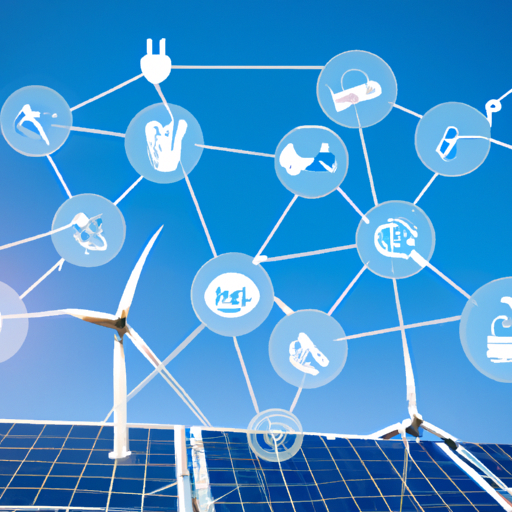In recent years, personalized medicine has emerged as a transformative approach in the field of healthcare. This innovative practice tailors treatments and therapies to the individual characteristics of each patient, primarily focusing on their genetic makeup, lifestyle, and environmental factors.
What is Personalized Medicine?
Personalized medicine, often referred to as precision medicine, harnesses the power of genomics to tailor interventions that can maximize therapeutic efficacy and minimize side effects. Unlike traditional medicine, which adopts a one-size-fits-all approach, personalized medicine recognizes that each patient’s biological and genetic uniqueness can influence their response to treatments.
The Role of Genomics
At the core of personalized medicine lies the study of genomics, which involves analyzing the genome to understand how genetic variations affect health and disease. By sequencing a patient’s DNA, healthcare providers can identify specific mutations or markers that may indicate a predisposition to certain diseases or how they might respond to specific treatments.
Benefits of Personalized Medicine
- Improved Treatment Efficacy: Personalized therapies lead to better outcomes as they are specifically designed for individual patients.
- Reduced Side Effects: By targeting treatments, patients often experience fewer adverse reactions compared to conventional methods.
- Preventive Care: With genetic insights, physicians can recommend preventive measures tailored to the patient’s risks.
- Cost-Effectiveness: Ultimately, personalized medicine can reduce healthcare costs by ensuring patients receive appropriate treatments the first time.
Challenges and Future Directions
Despite its many advantages, personalized medicine faces challenges, including ethical concerns around genetic data privacy, the need for comprehensive insurance coverage, and the integration of these advanced treatments into standard healthcare practices. Moreover, ongoing research and developments in genomics are crucial for expanding the scope and effectiveness of personalized medicine.
Conclusion
The future of healthcare is undoubtedly leaning towards personalized medicine. As technology continues to evolve, we can anticipate a healthcare system that prioritizes individualized treatment and preventive care, ensuring better quality outcomes for patients. Embracing this shift could herald a new era in the fight against diseases and improving overall health.
Explore More
To learn more about personalized medicine and its impact on healthcare, stay tuned for our upcoming posts! Your health deserves tailored solutions.













